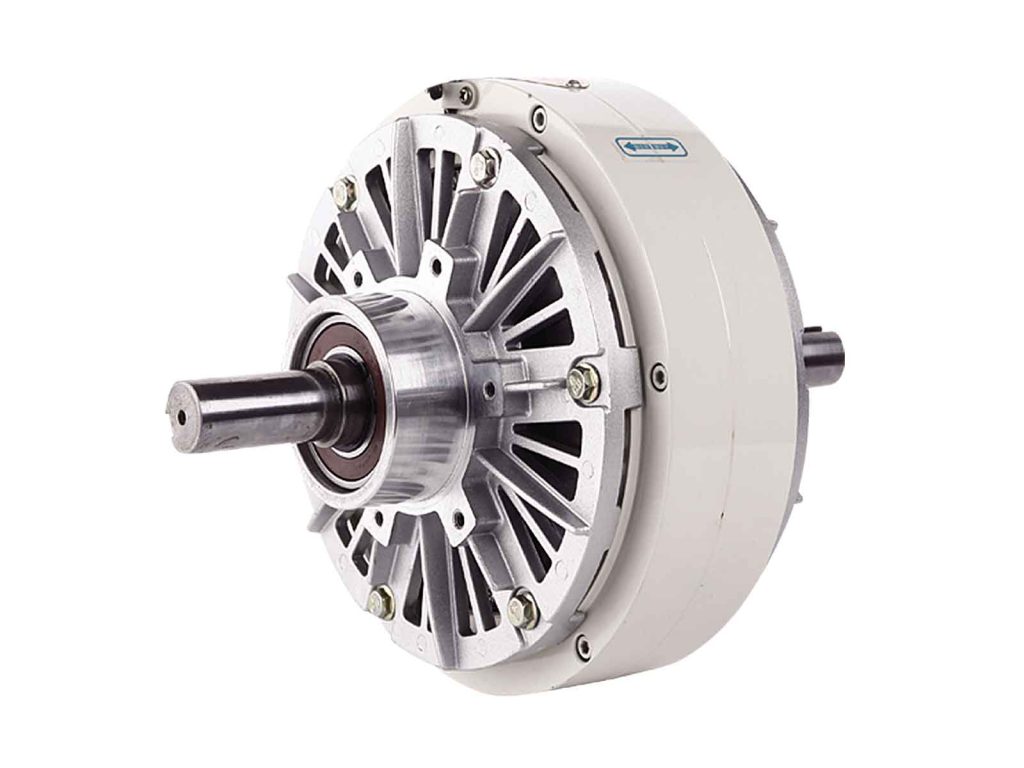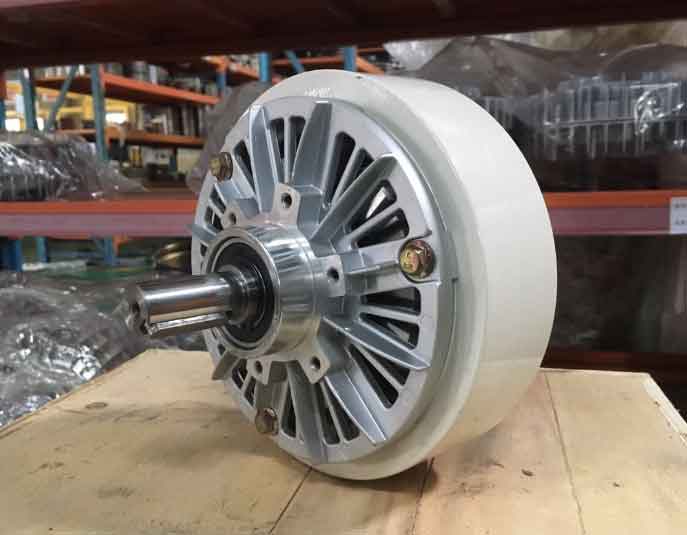In the world of machinery and engineering, the smooth and precise control of motion is often a critical requirement. One technology that aids in achieving this level of control is the magnetic particle brake. Whether you are involved in industrial processes, automotive engineering, or other applications that demand precision, understanding how a magnetic particle brake works is essential.
Magnetic particle brakes are a type of electromagnetic braking system used to control the speed and torque of rotating machinery. They are favored for their ability to provide smooth and precise control in a wide range of applications.
Key features of Magnetic particle brakes
- Non-Contact Operation : Magnetic particle brakes do not require physical contact between the braking components, which minimizes wear and tear and allows for maintenance-free operation.
- Adjustable Torque : The braking force in a magnetic particle brake can be precisely controlled by varying the electrical current applied to the brake, making them suitable for applications that demand precise torque control.
- Smooth and Precise Control : They provide highly accurate and adjustable torque control without jerky or sudden stops.
- Long Service Life : The non-contact operation results in minimal wear and tear, leading to a long service life.
- Maintenance-Free : Magnetic particle brakes require minimal maintenance, reducing downtime and maintenance costs.
- Quick Response Time : They have rapid response times, making them suitable for applications where speed adjustments are frequent.
How does magnetic particle brake work?
- Magnetic particle brake is a type of transmission element that uses magnetic particle as the medium and forms a magnetic particle chain to transmit torque when energized. It is mainly composed of an inner rotor, an outer rotor, an excitation coil and magnetic particle.
- When the coil is not energized, the active rotor rotates. Due to the centrifugal force, the magnetic particle is thrown on the inner wall of the active rotor. There is no contact between the magnetic particle and the driven rotor, and the active rotor is idling.
- After the DC particle supply is turned on, an electromagnetic field is generated, and the working medium magnetic particle forms a magnetic particle chain under the action of magnetic lines of force, connecting the inner rotor and the outer rotor to achieve the purpose of transmitting and braking torque.

The structure of magnetic Particle brake
- Magnetic Particle Fluid : Magnetic particle brakes contain a magnetic particle fluid, which is a mixture of tiny ferrous particles suspended in a carrier fluid, such as oil. This fluid is sealed within the brake.
- Rotor and Stator : The brake consists of two main components: the rotor and the stator. The rotor is connected to the input side (such as the motor), while the stator is connected to the output side (such as the load).
Applications of Magnetic Particle Brakes
- Magnetic particle brakes find application in a variety of fields where precise control of motion is required. These applications include:
- Printing Industry : Magnetic particle brakes are used in web tension control systems in printing presses to ensure smooth and consistent paper feed.
- Automotive Testing : Magnetic particle brakes are employed in automotive dynamometers for testing and calibrating vehicles, including engine performance and braking systems.
- Textile Manufacturing : In textile machines like winders, unwinders, and spinning machines, magnetic particle brakes help maintain uniform tension in threads and yarns.
- Machine Tooling : Magnetic particle brakes are integrated into machine tools to achieve precise speed control for machining operations.
Limitations of Magnetic Particle Brakes
- Heat Generation: The operation of magnetic particle brakes can generate heat, which may require cooling systems in some applications.
- Limited Torque Range: They may not be suitable for applications that require extremely high torque values.
- Initial Investment: Magnetic particle brakes can be relatively expensive compared to other braking technologies.
Conclusion
Magnetic particle brakes, with their ability to provide smooth and precise torque control, have become essential components in various industries, including printing, automotive testing, and manufacturing. By harnessing the principles of magnetism and the behavior of magnetic particles, these brakes offer a non-contact, maintenance-free solution for controlling motion. While they may have limitations, their advantages in terms of precision and longevity make them a valuable asset in achieving accurate and controlled motion in countless applications.
